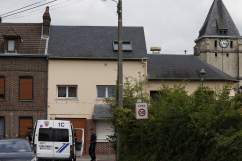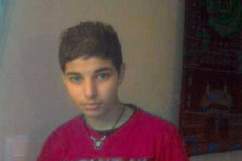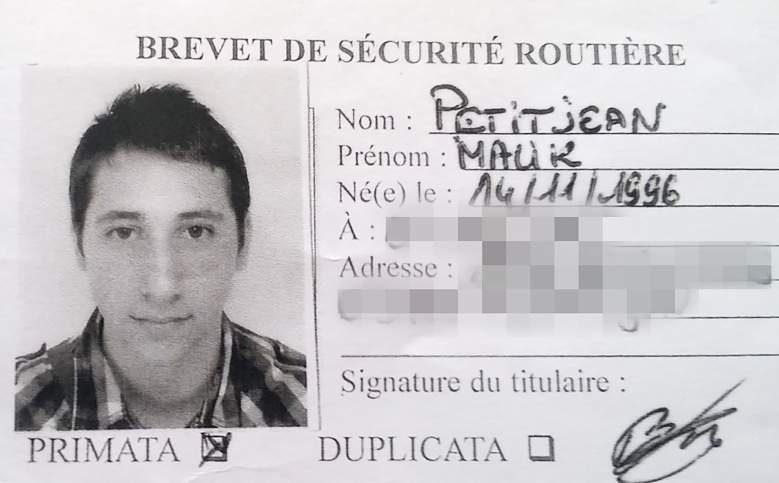
A picture obtained on July 27, 2016 shows Abdel Malik Petitjean, 19, one the two men who stormed into a church on July 26 in the northern French town of Saint-Etienne-du-Rouvray.
AFP/Getty
Abdel-Malik Nabil Petitjean, who was on a “radicals’ watch list,” has been identified through DNA testing as the second ISIS-aligned terrorist in the murder of 86-year-old French priest Jacques Hamel, who was attacked at the altar while saying Mass, according to the BBC.
BBC said Petitjean is 19-years-old. Police had earlier identified the other terrorist as Adel Kermiche, also a 19-year-old teenager from France. Kermiche had attempted twice to travel to Syria, but he was arrested in Turkey and returned to France, where he was released by a judge on an electronic monitoring bracelet. Petitjean’s story is very similar; he too had tried to make it to Syria yet failed.
Kermiche’s release has provoked controversy in France because he was allowed to move about the community unsupervised for several hours each day, and it was during that time frame that police say he and Petitjean murdered Father Hamel.
Hamel was slaughtered with a knife wound to the neck after being made to kneel at the altar; Petitjean and Kermiche then performed an Arabic ritual at the altar, according to a nun who escaped from the 16th century church and alerted a passing motorist.
Here’s what you need to know:
1. Petitjean Was Being Sought By Police & Was On a Watch List
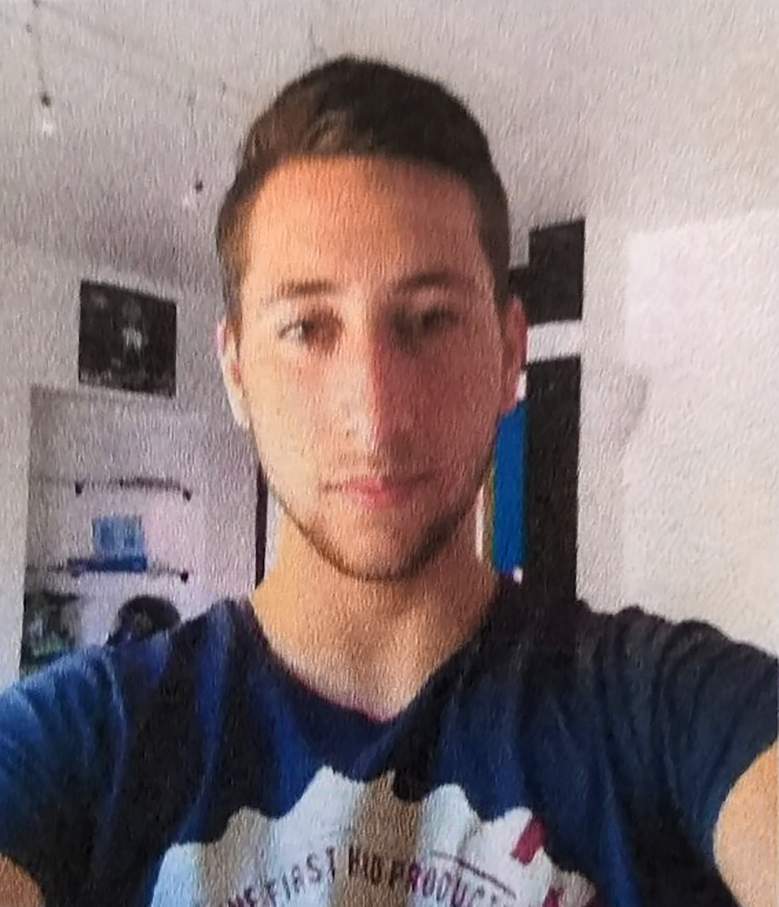
A picture obtained on July 27, 2016 shows Abdel Malik Petitjean, 19, one the two men who stormed into a church on July 26 in the northern French town of Saint-Etienne-du-Rouvray and brutally murdered a priest had pledged allegiance to the Islamic State. (AFP/Getty)
According to The BBC, Petitjean was from eastern France and “had been on a radicals’ watch list.” The BBC said French police were already searching for Petitjean for several days before the attack. Police killed Petitjean and Kermiche outside the church.
The Obs, a French news site, said that the Coordinating Unit for the Fight Against Terrorism (UCLAT) had received information from a “reliable person” that Petitjean would be “willing to participate in an attack”; the information was accompanied by a photo of a person who “strongly resembles” Petitjean, a source close to the investigation told the publication.
UK Mirror said that Petitjean was put on the watch list for trying to go to Syria and that he used the “fighter” name Abu Omar. Citing a source, Huffington Post said that Petitjean had tried to reach Syria via Turkey (as had Kermiche).
2. Petitjean’s ID Card Was Found By Authorities But He Was Wounded Too Severely For Visual Identification
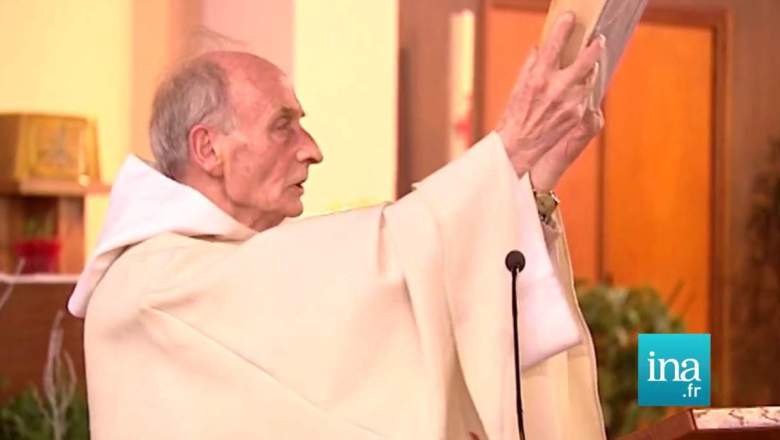
Father Jacques Hamel.
According to Huffington Post France, “Nabil Abdel Malik Petitjean had…been quickly suspected” because his his identity card was found during a search of the family home of Adel Kermiche.
The Obs, a French publication, reported that Petitjean was a native of Saint-Die-des-Vosges (Alsace-Lorraine-Champagne-Ardenne). “He had just finished his secondary education in the vocational school Marlioz Aix-Les-Bains and had earned his BA in 2015” and had no problems in school, said The Obs.
L’Express said French police suspected Petitjean’s identity but needed to wait for DNA testing through his mother because he died from a bullet in the face, making visual identification impossible. L’Express said Petitjean was also identified through his phone, which was “geolocated” by the church.
3. Both Petitjean & Kermiche Had Pledged Allegiance to ISIS in a Video Released by the Islamic State
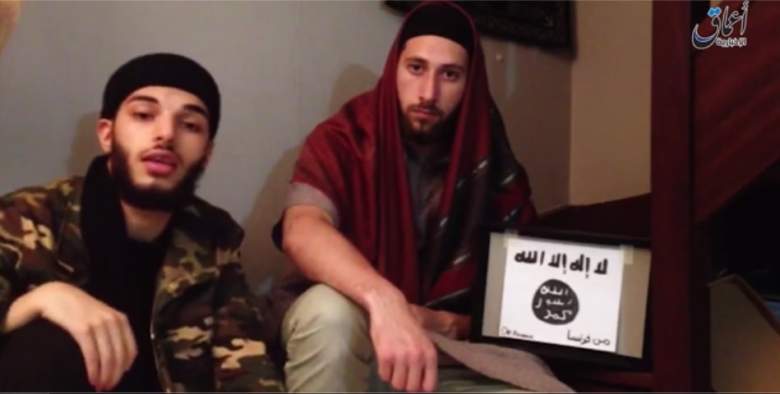
A screenshot from the ISIS video showing Kermiche (left) and Petitjean (right) pledging allegiance to ISIS. The video was released by ISIS.
French authorities, including French President Francois Hollande, were quick to identify the attackers as aligned with ISIS. On July 27, ISIS, through its news agency, released a video online of the pair pledging allegiance to the Islamic State.
In the video, the men pose with an ISIS sign, hold hands and “declare their backing for the group’s leader Abu Bakr al Baghdadi,” said The Sun. ISIS had issued a statement shortly after the attack occurred saying that the men were its “soldiers,” The Sun added.
4. Authorities Learned in June that Petitjean Had Become ‘Radicalized’

The Saint-Etienne church in the Normandy city of Saint-Etienne-du-Rouvray where a priest , Jacques Hamel, was killed.
According to CBS Albany, quoting Reuters, French security services “opened a file on Petit Jean because he had Islamist links and had become radicalized” a month before the church attack. The government says it is monitoring more than 10,500 people in a similar fashion, according to Reuters.
.
5. Petitjean’s Mother Said He Was Not a Monster in an Interview
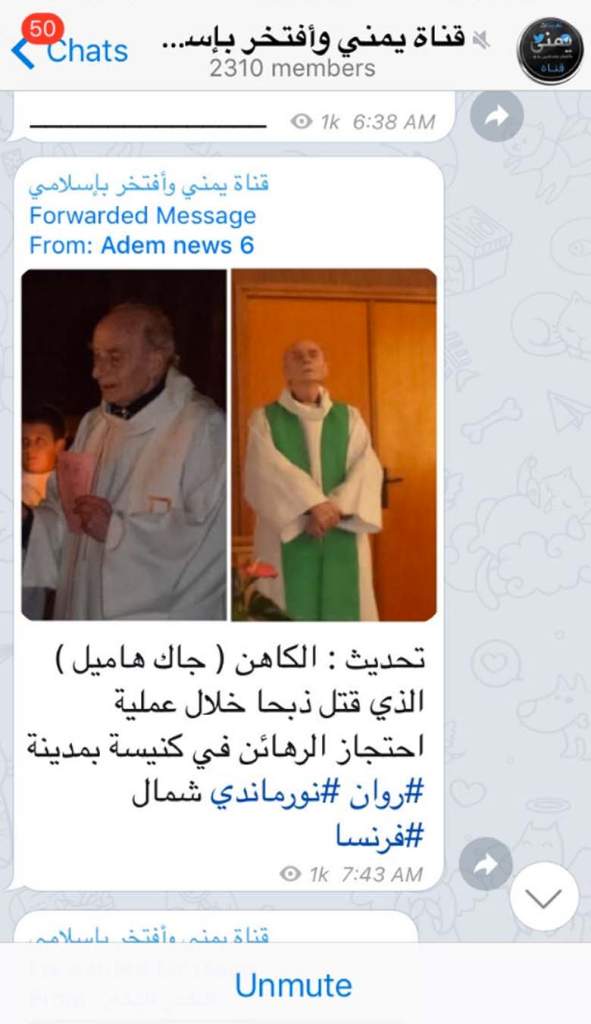
Following the murder of 84-year-old Reverend Jacques Hamel at Saint-Etienne-du-Rouvray during Mass by two Islamic State sympathizers, ISIS supporters celebrated online.
Huffington Post France says that Petitjean was also identified through DNA samples from his mother because he had no previous conviction, which further delayed identification because authorities lacked his fingerprints or DNA to compare to the body.
In an interview, his mother, Yamina Petitjean, was shown a photograph of her son by France’s terrorism unit, and said, “Yes, that’s him. He’s a good Frenchman. He’s soft. I know my kid. I know by son. He’s not implicated in any of this,” said UK Mirror. The publication quoted the mother as further saying: “He’s not at all the monster that people want us to believe.”
Sky News says Petitjean was born in France near the Germany border. As for Kermiche, his friends said he seemed “brainwashed” by ISIS; they described him as a geeky youth who loved videogames and the Internet and changed around age 16.
